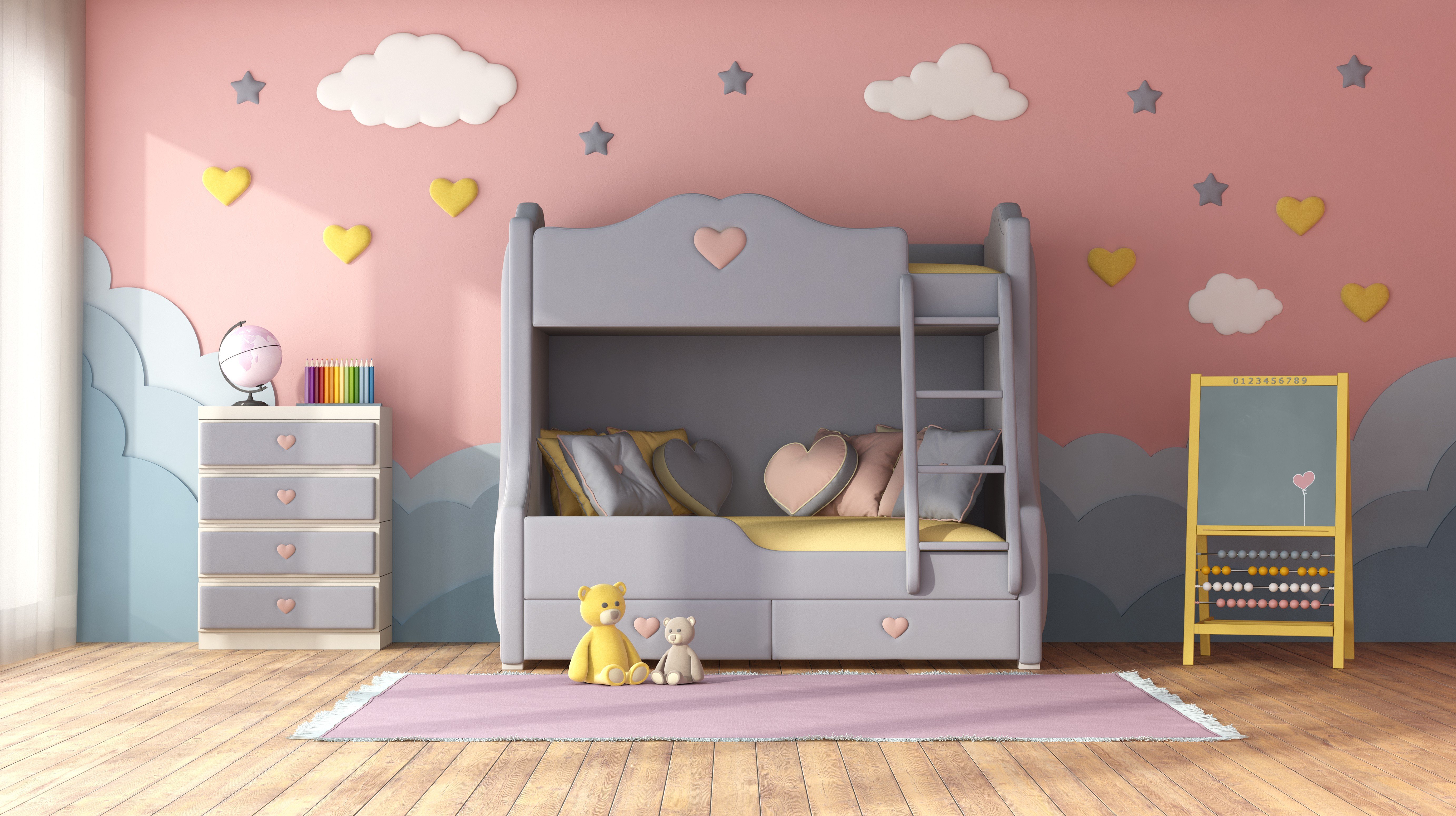MarchantEmanuel
MarchantEmanuel发表的博客
The Ultimate Guide to Kids Bunk Beds: Maximizing Space and Fun
With the rise of vertical living and smaller sized spaces, the appeal of bunk beds has soared among households. Bunk beds not only offer a practical sleeping option, specifically in shared rooms, but they likewise bring an element of fun into a kid's life. This extensive guide dives into the functions, advantages, and considerations of kids' bunk beds, making it simpler for parents to select the best bed for their children.
Features of Kids Bunk Beds
Bunk beds are flexible pieces of furnishings that serve more than a single function. Here are some essential functions to think about:

| Feature | Description |
|---|---|
| Product | Bunk beds can be constructed from wood, metal, or a combination of both, using differing levels of resilience and style choices. |
| Safety Features | The majority of bunk beds come geared up with guardrails, protected ladders, and topped supports for security, particularly crucial for young kids. |
| Style Variety | Alternatives vary from traditional styles to contemporary designs, guaranteeing a match for any room decoration. |
| Space-Efficiency | Bunk beds make use of vertical space, making them perfect for smaller rooms. |
| Convertible Options | Some models can be converted into two separate beds, offering versatility as children grow. |
| Storage Solutions | Some bunk beds include built-in storage drawers or shelves, helping to keep the space arranged. |
Benefits of Kids Bunk Beds
Buying a bunk bed features several benefits:
- Space Saving: Bunk beds take full advantage of flooring space, enabling more backyard or storage solutions.
- Enjoyable Factor: With a bunk bed, kids have a location that cultivates creativity and companionship throughout sleepovers or playdates.
- Cost-Effective: Instead of acquiring 2 different beds, a bunk bed can accommodate 2 kids at the same time, saving cash in the long run.
- Flexibility: Many bunk beds can be dismantled or converted into twin beds, making them a long-lasting financial investment as children's requirements alter.
- Social Interaction: Bunk beds motivate household bonding and friendships, supplying a welcoming space for kids to share stories and laughter.
Considerations When Choosing a Kids Bunk Bed
When picking the perfect bunk bed for a child, parents must take into account different factors:
- Safety Standards: Ensure that the bunk bed abide by safety guidelines and includes essential safety functions.
- Age Appropriateness: Different models cater to different age. For example, traditional bunk beds may not appropriate for younger kids.
- Room Dimensions: Measure the bedroom to ensure the bunk bed fits appropriately, allowing for space to move around comfortably.
- Weight Capacity: Consider the weight load of each bed and guarantee it accommodates the child's weight easily.
- Style Preferences: Letting kids take part in the choice process can help them feel more excited about their new bed.
Types of Kids Bunk Beds
Bunk beds can be found in various styles and setups to suit various needs:
| Type | Description |
|---|---|
| Requirement Bunk Bed | A traditional style with one bed stacked on top of another, generally utilizing a ladder to access the top bunk beds bunk. |
| L-Shaped Bunk Bed | Features two bunk beds connected in an L-shape, typically more spacious and appropriate for kids sharing a space but needing a bit more space. |
| Triple Bunk Bed | Comprises three stacked beds, suitable for maximizing sleeping plans in really minimal areas. |
| Loft Bed | A raised bed with space beneath that can act as a backyard, study corner, or extra storage. |
| Futon Bunk Bed | Integrates a bunk bed on the top with a futon or couch below, making it great for slumber parties and maximizing room usage. |
| Convertible Bunk Bed | Can be separated into 2 specific beds, offering flexibility as children's needs change. |
Caring for Kids Bunk Beds
Keeping bunk beds is important for making sure longevity and safety. Here are some easy care practices:
- Regular Inspections: Check the bed frequently for loose screws and tightened up bolts to ensure stability.
- Cleanliness: Keep bed linen clean and fresh, rotating mattresses for even wear.
- Guardrails: Ensure guardrails are safe and in place, especially if kids tend to walk around a lot in their sleep.
- Air Circulation: Ensure the bed has adequate airflow, preventing moisture buildup that can lead to mold or mildew.
FAQs About Kids Bunk Beds
Q1: At what age can a child safely use a bunk bed?
A1: Generally, children aged 6 and older are considered safe to utilize the upper bunk due to the height and stability factors included.
Q2: Can I position a bunk bed near a window?
A2: It is recommended to prevent putting a bunk bed near windows to minimize the danger of falling or injuries.
Q3: Are bunk beds safe for more youthful kids?
A3: While some modern-day bunk beds include security features accommodating younger kids, it is generally suggested to wait till they are older, typically over six years.
Q4: What is the common weight limit for leading bunks?
A4: Weight limitations vary by design however typically range from 150 to 250 pounds. Constantly describe the manufacturer's specs.
Q5: How often should I examine the bunk bed's security features?
A5: It is suggested to perform a security check every couple of months or whenever you discover any signs of wear.
Kids' bunk beds act as a strategic solution for families looking to maximize space while supplying an enjoyable and engaging sleeping environment for their kids. With a variety of alternatives offered-- from standard styles to loft beds-- moms and dads have the flexibility to select something that satisfies their household's specific needs. By thinking about crucial elements such as security, room suitability, and their children's preferences, parents can make an informed option, ensuring that each kid is delighted about bedtime while benefiting from a well-organized space.
